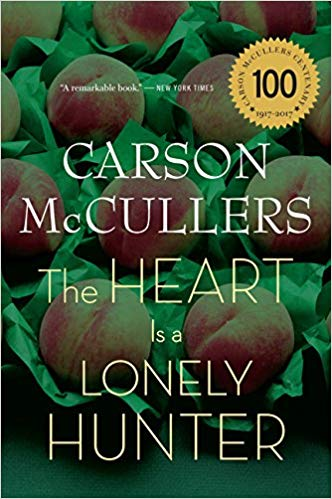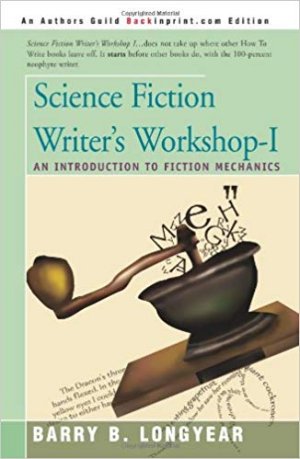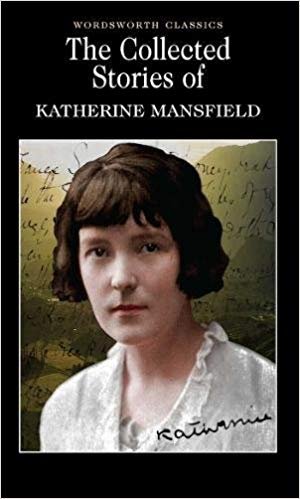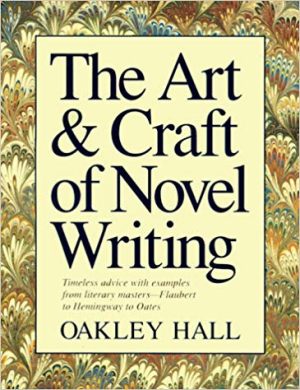Every wannabe author hears “Show, don’t tell” until their ears fall off and fly away rather than listen to another dollop of unexplained advice.
Some writing teachers give examples but most often it goes something like this: “Here, this is an example of showing, not telling” with no explanation of what makes something shown and not told.
I mean, we’re dealing with words on paper. We call ourselves (figuratively) Storytellers. How can we share a story without telling.
Ah…let me provide an example much in the vein of Great Opening Lines – and Why!.
Here’s a paragraph from Carson McCuller’s The Heart is a Lonely Hunter and an explanation how things are shown (I’ll provide explanations of showing using the methodology I use when ala critiquing someone’s work. First, the paragraph:
Portia read from the Book of Luke. She read slowly, tracing the words with her long, limp finger. The room was still. Doctor Copeland sat on the edge of the group, cracking his knuckles, his eyes wandering from one point to another. The room was very small, the air close and stuffy. The four walls were cluttered with calendars and crudely painted advertisements fro magazines. On the mantel there was a vase of red paper roses. The fire on the hearth burned slowly and the wavering light from the oil lamp made shadows on the wall. Portia read with such slow rhythm that the words slept in Doctor Copeland’s ears and he was drowsy. Karl Marx lay sprawled upon the floor beside the children. Hamilton and Highboy dozed. Only the old man seemed to study the meaning of the words.
Now, what is shown element by element:
Continue reading “Show, Don’t Tell”




